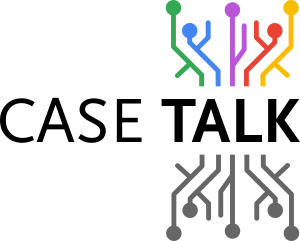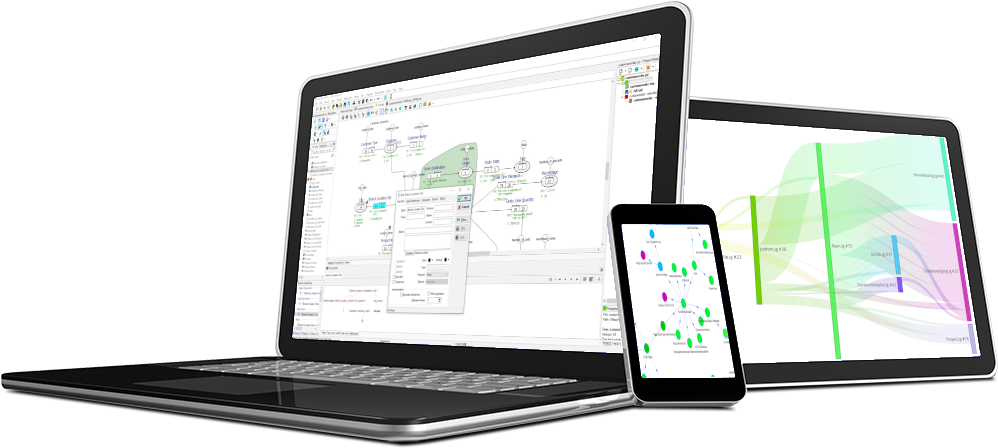Aligning Mission and Data
Aligning Business Mission to KPI, Terms and Definitions, Information Models, Systems, and Operational Data with FCO-IM
In today’s complex business environment, achieving alignment between the business mission, key performance indicators (KPIs), terms and definitions, information models, systems, and operational data is essential for long-term success. Misalignment can lead to inefficiencies, miscommunication, and missed opportunities. Fully Communication-Oriented Information Modeling (FCO-IM), combined with tools like CaseTalk, provides a robust framework for ensuring that every aspect of the organization is aligned and integrated.
Graph
In today's digital landscape, the term "graph" resonates with transformative potential. If you delve into the core components of things and their interconnectedness, you'll find that everything is, in essence, a graph. This concept provides developers with unparalleled power, but as the saying goes, "With great power comes great responsibility." In this realm, maturity, experience, and methodological approaches can sometimes be lacking.
Solutions
Creating information solutions for a business requires an accurate analysis of the required domain. Regardless of the nature of the project analysts shouldn’t have to worry about technical implementation requirements. Similarly, people on the business side should be able to verify the relevance of the analysts’ proposed solutions.
Languages and Domains
Among the couple of hundred countries on this planet, there are way more languages and dialects. Communication over language domains is hard. We need translators or interpretors to cross those boundaries. Even though tech is trying to chip away at this hard problem by automating that, we still have a long way to go. And language is not static, it changes constantly in space and time. As soon as time passes or communities become isolated from others, people change their language for the purpose of their own communication.
Communication in IT
IT stands for Information Technology. At one time, the abbreviation “ICT” still contained the “C”, or communication. However, since it was related only to the telecommunication sector and IT took over, we are now left with a two-letter acronym. Almost prophetically, we now see the process of IT lacking in communication.
Scheduled
-
3 days - Fact Based Modeling with CaseTalk
February 18, 2026 9:00 am


